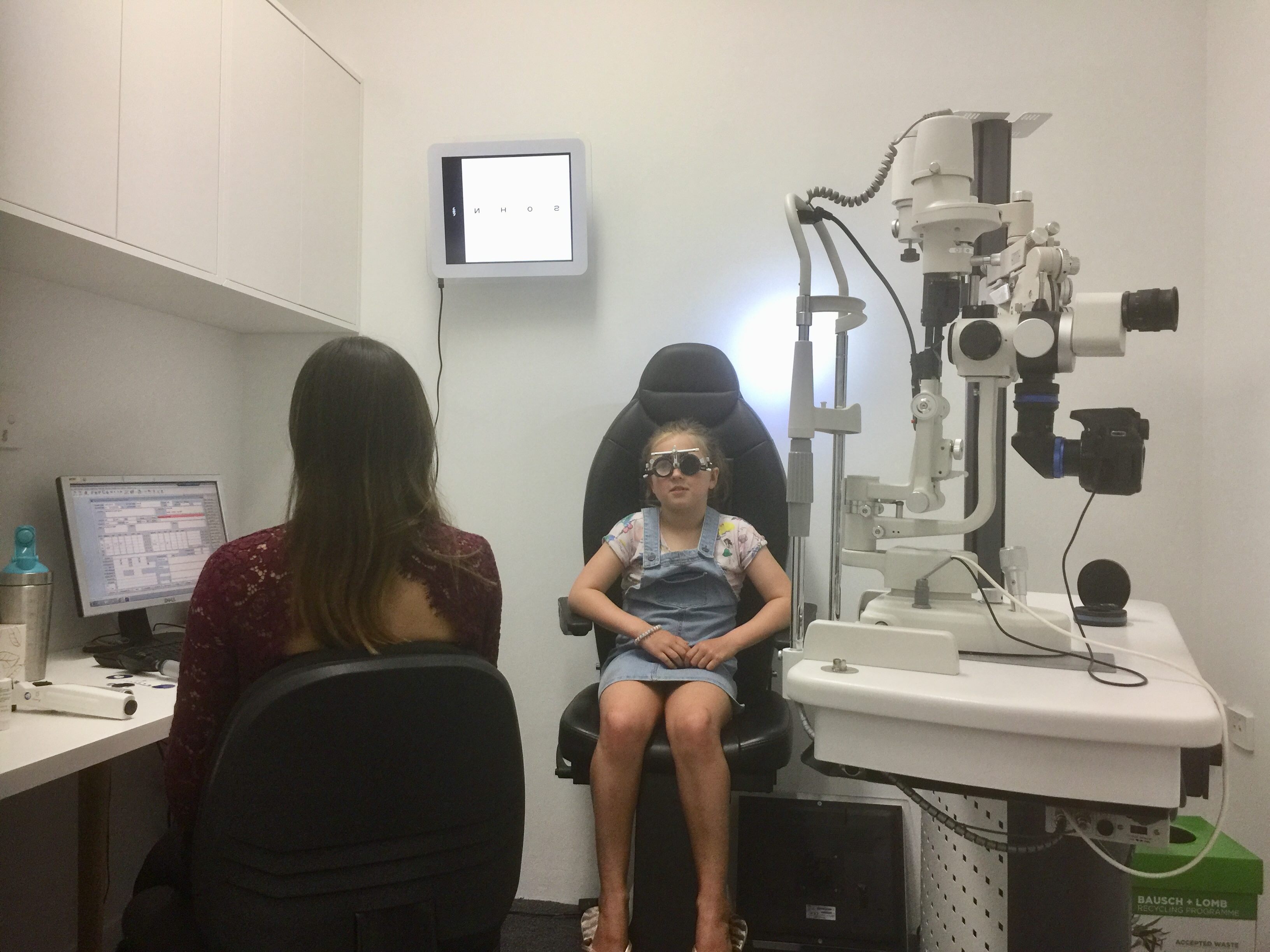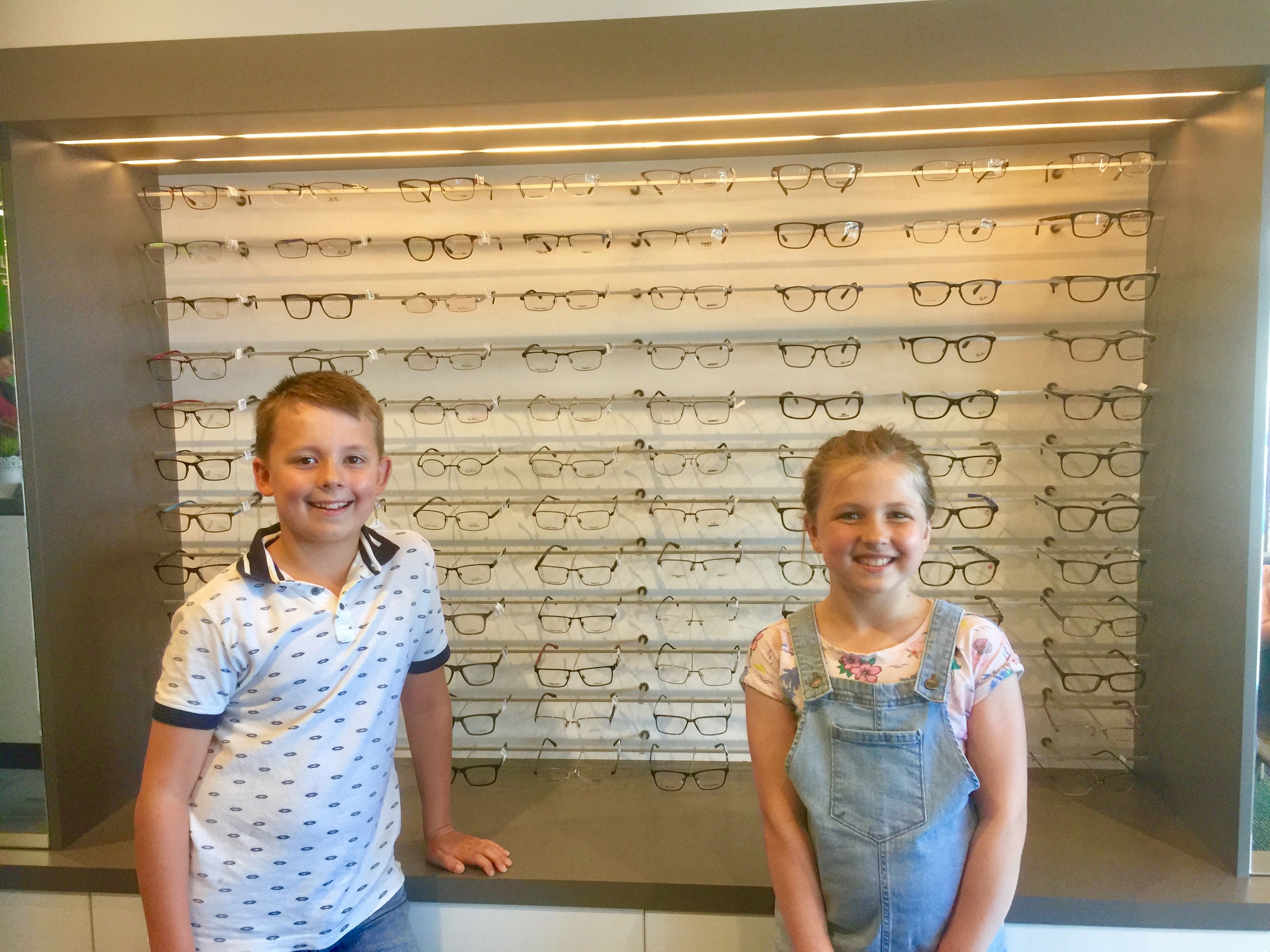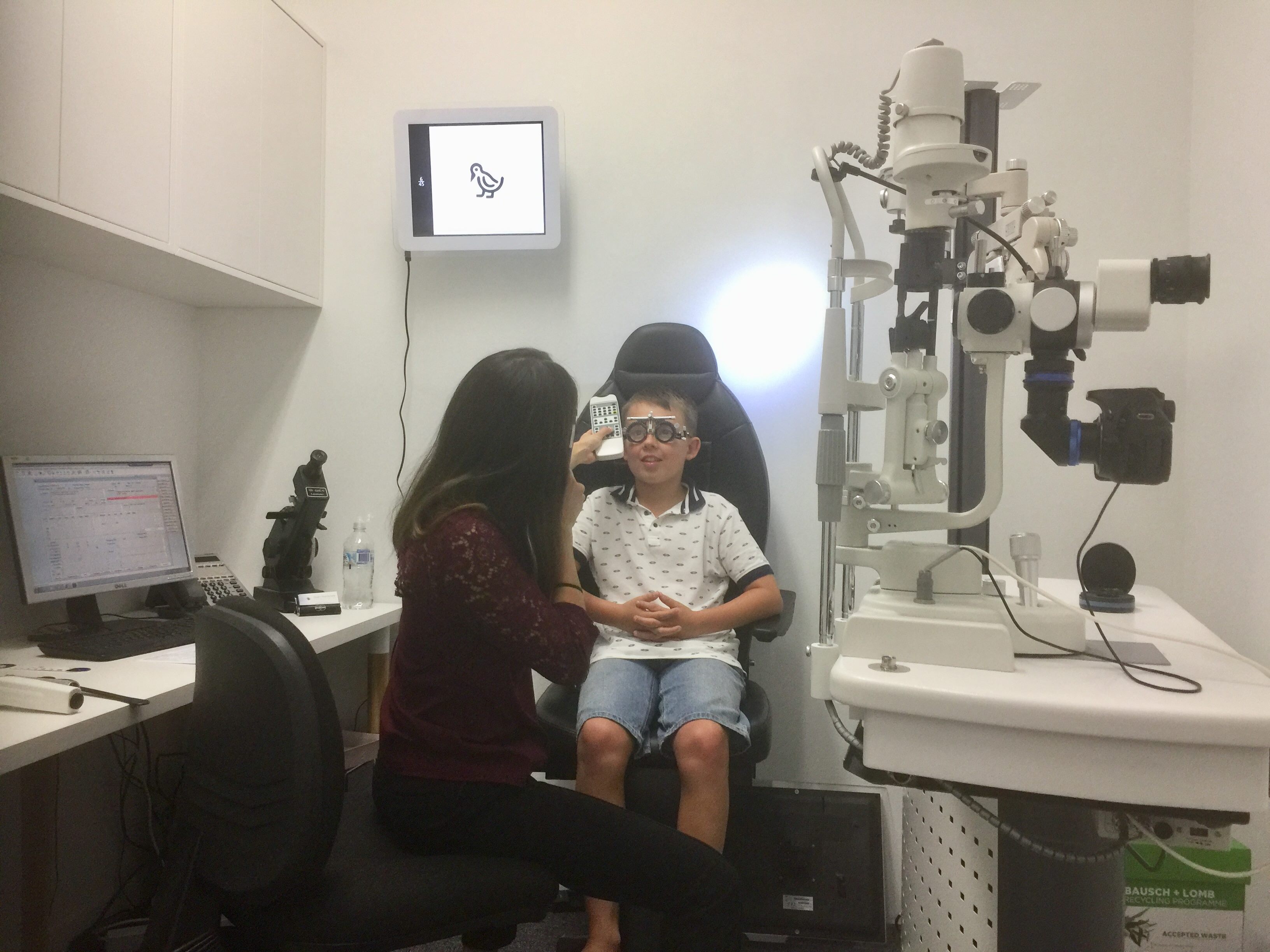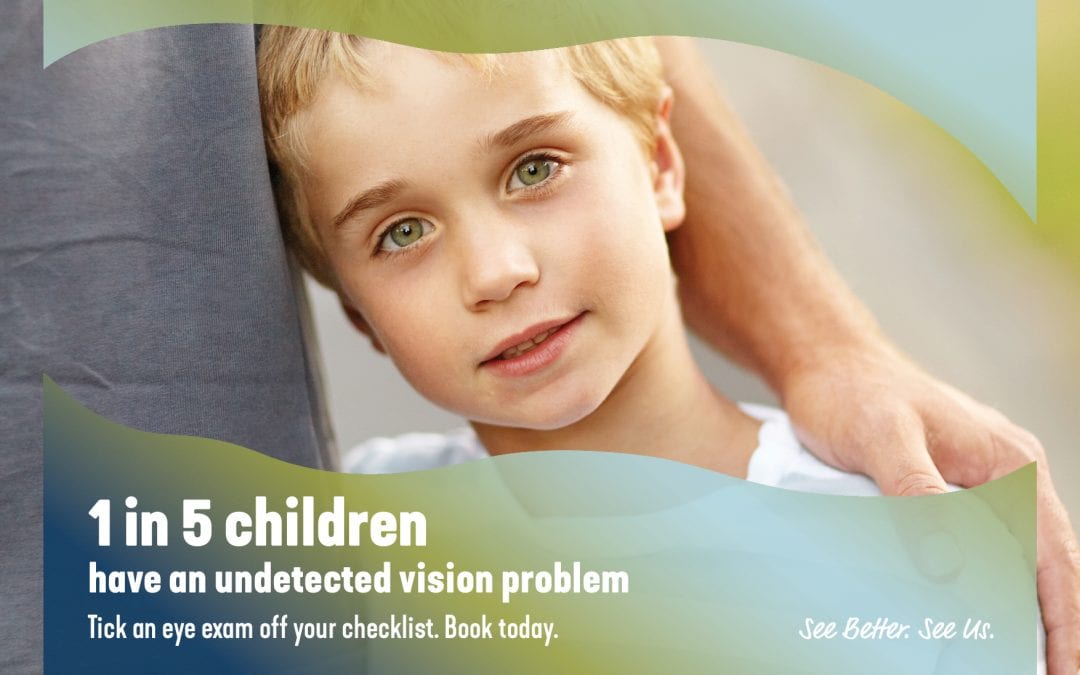It’s that time of the year again.
Back to school rush and panic.
Christmas seems like a distant memory (there’s even Hot Cross Buns in the supermarket!) and everywhere you look at the shops it’s all lunch boxes and backpacks.
There’s other important things to consider when thinking about back to school; such as your child’s health. In this case, eye health. And while I wouldn’t want to preach about it needing to be done before they go back to school, it is a good time to think about booking an appointment with an local independent optometrist for sometime during term 1. ProVision’s directory of 450 independently-owned optometry practices is the perfect place to do this if you are looking for a very personalised and thorough assessment.
As you know vision is responsible for a whole lot of learning at school, 80% of all learning in a child’s first twelve years in fact!* Yet 1 in 5 children have an undetected vision problem that can interfere with that child’s ability to learn and retain information.
We recently went for an eye test with my children who are 8 and 10 years old. I visited the ProVision optometrists website to find an independent optometrist near me.
What I liked about ProVision is that they are all independently owned (i.e not owned by health insurance providers) so I knew I was going to get independent advice and a really personalised experience which I really valued.
I wear glasses myself, so at the appointment it gave me an opportunity to discuss my family history and what implications this might have on my children. I had mentioned that we had a family member who was colour blind so specific screening was done for that. As an Occupational Therapist, this is an area of great interest to me as it is always my first recommendation when a parent expresses concerns with their child’s written school work. Vision is such a foundation skill to have, that without optimal vision the impact on the child is very evident on their education and social abilities.
Common Eye Problems in Children
- Squinting
- Long-sightedness (see better further away)
- Short-sightedness (see better close up)
- Lazy eye
- Astigmatism (an eye condition that can cause blurred or distorted vision and occurs when the cornea (eye lens) isn’t perfectly curved)
Signs a Child Might Need an Eye Test
Some behaviours and actions to look out for include:
- Frequently Rubbing eyes
- Tilting head when reading a book
- Complaining of headaches and tired eyes
- Frequent tearing
- Losing their place when reading
- Complaining that reading or up close activities hurt their eyes
- Consistently sitting too close to a screen or book
- A turned eye
- A white reflex in photographs, this looks like red eyes in photos but is white and can be very serious
What will happen at an eye test?
Eye tests for children are a little different to adults. Naturally they use tools that appeal to children including specially designed charts including shapes and pictures. This means they can test vision even if your child is unable to read yet. Each optometrist will have their own ways of testing but generally they will be looking to assess a child’s visual acuity; their eye tracking abilities, eye muscle strength, check for colour blindness and more.
At your local independent optometrist, you will be able to stay with your child during the testing and ask as many questions as you like. They will want to know about the family’s eye history as some conditions can be genetic such as Macular Degeneration.
Our independent optometrist was very friendly and comfortable in assessing my children, they trusted her completely throughout the testing. She has able to answer my questions and explain what she was assessing in non technical terms and without jargon. Very important!
The testing took about 10-15 minutes and my children really enjoyed the experience. Much nicer than going to the dentist!
How to Prepare for an Eye Test at your Local Optometrist
We all know what it can be like taking kids to an appointment – stressful! One of the good things about going to your local independent optometrist is that they take the time with you and your children so that everyone feels at home. So like all appointments you can also prepare your child for what is going to happen. Keep it supportive and interesting so they are actually looking forward to it. Phrases like “We are going to see a eye doctor today and they are going to tell us how well your eyes see when you are reading and playing sport and school. It’s not going to hurt and they might even have some funny glasses for you to wear and see if you can name the pictures and letters”. You might even like to have your eyes tested first so they can observe. For some children, especially those a little more sensitive or anxious about new experiences, having a visual picture of what to expect can help too. They may dim the lights, but they have a special light.



When is the Ideal Age for an Eye Test?
School can be hard enough without having vision problems, which is why it is recommended by optometrists that a thorough eye examination is done as part of your back to school preparation every couple of years, or as recommended by your optometrist.**
There is a huge rise in myopia (short-sightedness) in Australian children. In Singapore, it is reported that 90 per cent of university students are now myopic and findings reveal perhaps it’s not so much time about screen time but lack of time spent outside exercising long distance vision. My independent optometrist recommended that for my school aged children they should be spending at least 90 minutes outside playing and using long vision by looking out into the distance.
Visual problems can lead to fatigue, poor handwriting (including letter reversal), poor body posture and behavioural problems which is not always easy to make the connection with young children as they often don’t know any different. Of course the sooner that problems can be detected the sooner a solution can be found and they may end up with a new trendy pair of glasses to wear. A whole new world of learning potential will open up for them.
Medicare Rebates
Eye examinations provided by optometrists are subsidised by Medicare for all permanent residents of Australia. More information on bulk billing can be found here.
Overall I found the eye testing at my local independent optometrist to be very positive one. She, was equipped with the latest technology and equipment to complete the test quickly (which you need for children) but thoroughly, and I felt like I felt good knowing their eyes were fit for school and wouldn’t cause them any problems. It really gave me peace of mind. One valuable point was that my daughter was slightly below where she should be for her age, so something to keep an eye on (excuse the pun!) and ensure she is spending time everyday looking out into the distance to continue to develop her vision.
Book an appointment at www.provision.com.au as part of your ‘Back to School’ routine for peace of mind that your child won’t miss a thing!
www.provision.com.au
ProVision
ProVision is a community of 450 practices, the largest network of independent optometrists in Australia. They share the same values of clinical excellence, continuity of care, personalised service and quality products. Every optometrist is proudly independent to ensure your care always comes first. And our practices are locally Australian owned by the optometrists who operate them. Many of us also take time outside of our practices to provide much needed eye care services in remote Australian communities and developing countries, as well as give back locally through volunteer work and sponsorships. www.provision.com.au
This blog post was written in collaboration with ProVision.
Elise Easdown, Mum of 3, Founder of What’s On 4 Kids and registered occupational therapist.
*Vision Council of America, Making the Grade, 2009, **Optometry Australia




